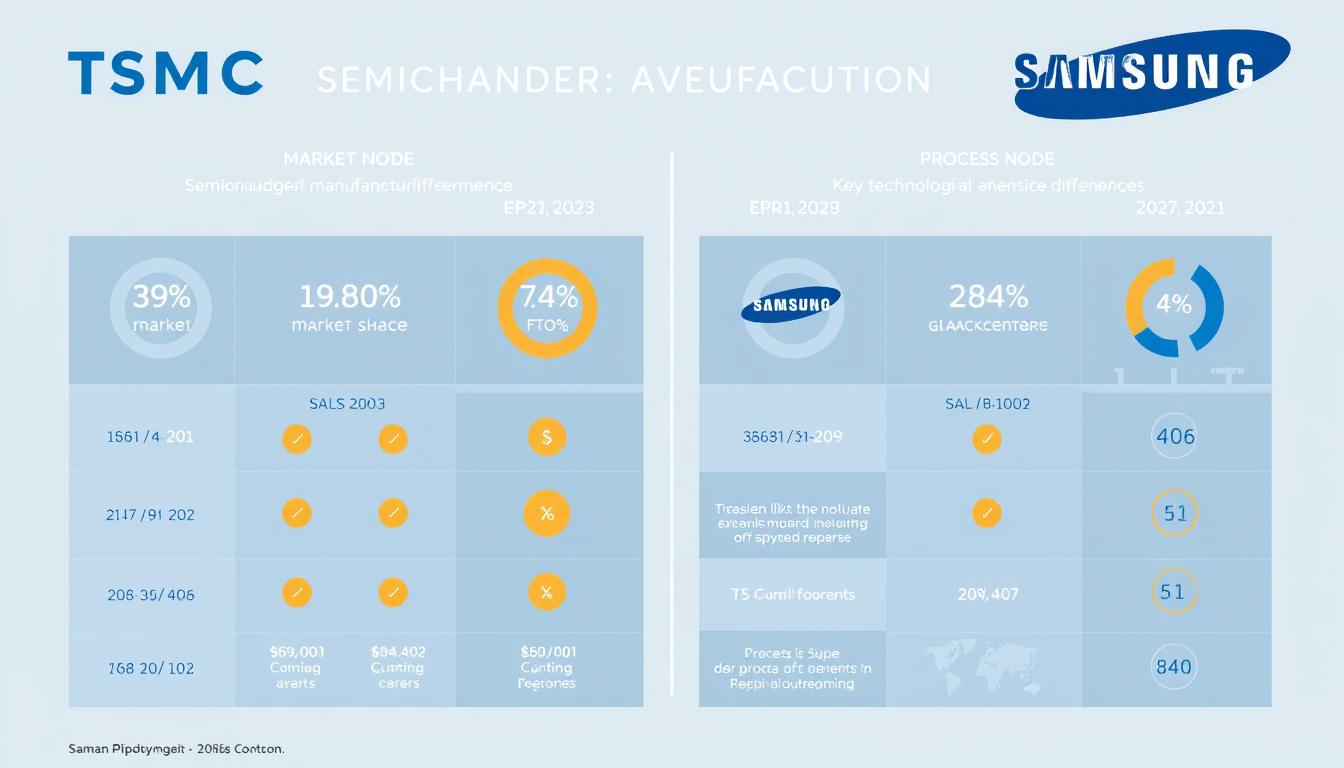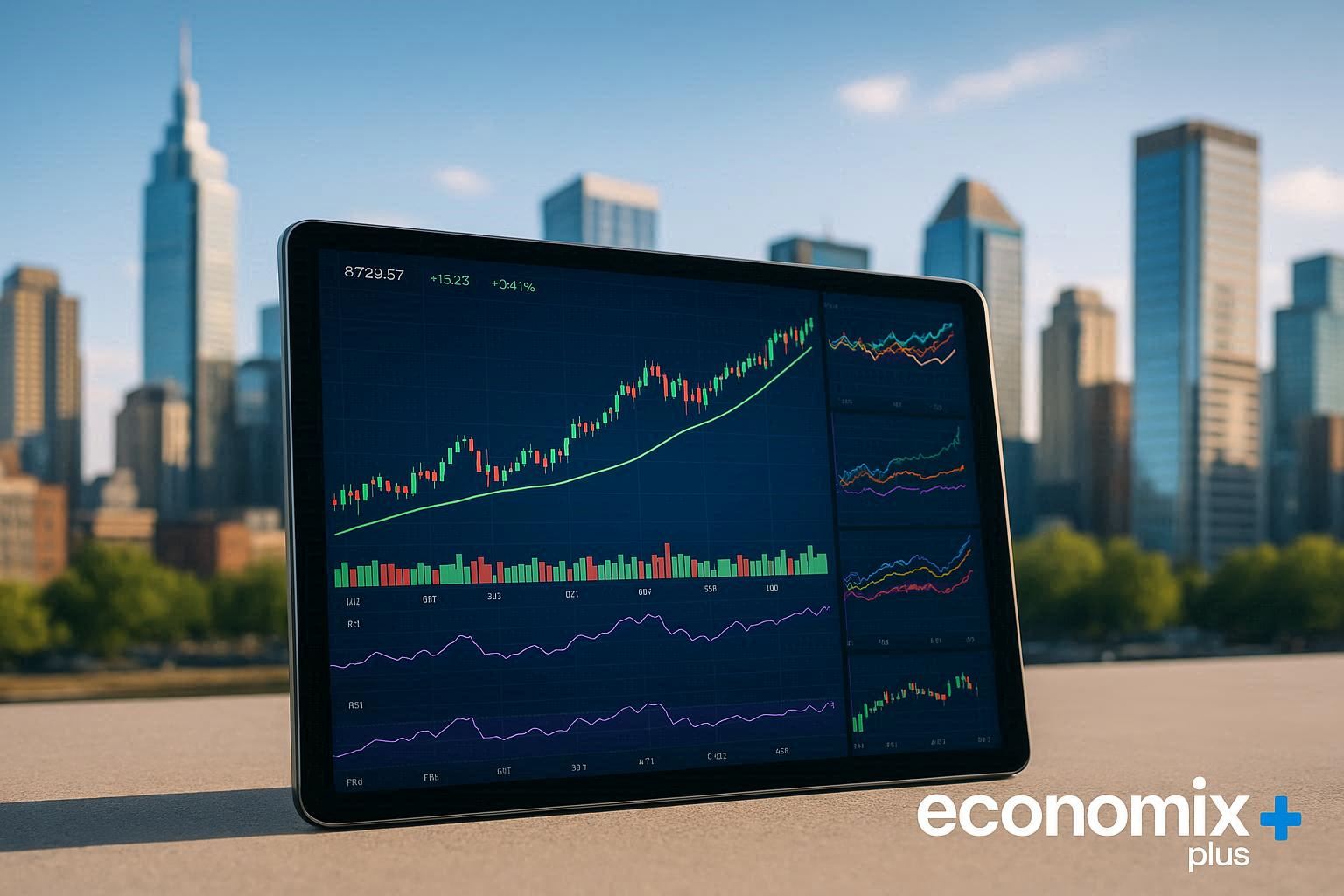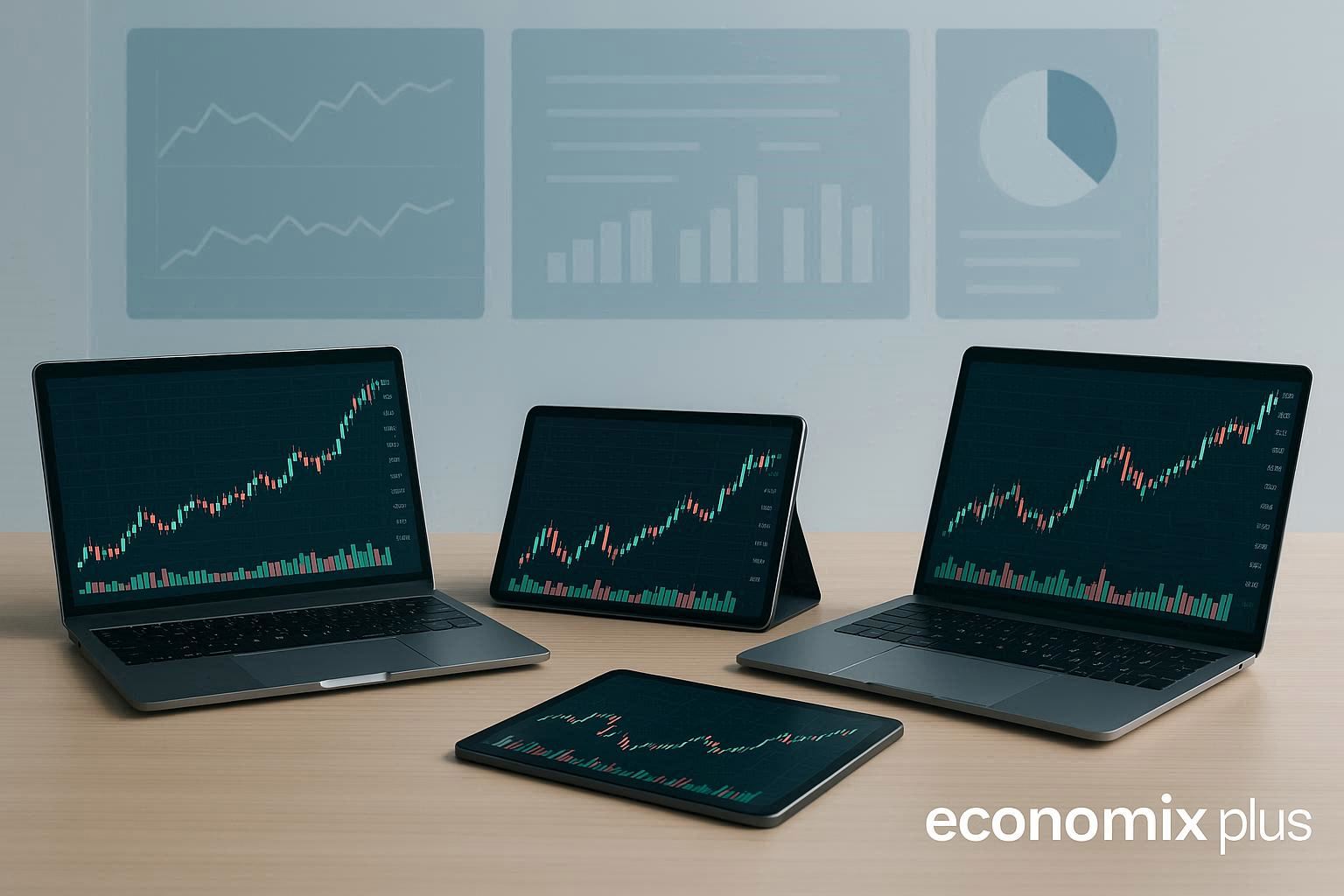What does it take to reshape an entire industry? For decades, one name has quietly revolutionized the way the world produces, trades, and enjoys chocolate. Barry Callebaut, a powerhouse in cocoa and chocolate manufacturing, operates behind the scenes of countless candy bars, desserts, and beverages. Its strategies ripple across markets, influencing prices, sustainability practices, and even stock valuations.
As the largest supplier of cocoa products globally, this company controls nearly a quarter of the world’s industrial chocolate output. Its scale allows it to set benchmarks for quality and efficiency. Recent restructuring efforts and stock performance shifts have further cemented its role as a global leader, challenging competitors to adapt or fall behind.
Fluctuating cocoa prices and evolving consumer demands add complexity to the sector. Here, Barry Callebaut’s ability to balance cost management with innovation becomes critical. The firm’s partnerships with farmers and investments in sustainable practices also play a pivotal role in stabilizing supply chains.
This article explores the mechanisms driving the chocolate giant’s dominance. From production breakthroughs to financial agility, we’ll uncover how strategic decisions shape both the company and the broader market. Stay tuned for insights into cocoa economics, emerging trends, and what lies ahead for this flavorful industry.
Key Takeaways
- Barry Callebaut supplies nearly 25% of the world’s industrial chocolate.
- Stock performance and restructuring have strengthened its market position.
- Cocoa price volatility directly impacts industry stability and strategies.
- Sustainable practices and farmer partnerships are central to its operations.
- Upcoming sections will analyze production innovations and financial tactics.
Industry Overview of Barry Callebaut and the Global Chocolate Sector
Behind every chocolate bar lies a web of global trade and innovation. The $150 billion confectionery sector grows steadily, fueled by emerging markets and premium product demand. Analysts project a 4.6% annual growth through 2028, driven by shifting consumer preferences and sustainable sourcing mandates.

Current Forces Reshaping Demand
Three trends dominate the market: premiumization, health-conscious recipes, and ethical sourcing. Premiumization reflects a growing consumer desire for high-quality, artisanal products that offer unique flavors and experiences, leading to a significant increase in the demand for gourmet chocolates.
Health-conscious recipes emphasize the importance of nutritional value, with many consumers seeking options that are lower in sugar and free from artificial ingredients, prompting manufacturers to innovate with healthier formulations.
Additionally, ethical sourcing has become a critical concern, as over 60% of U.S. buyers now prioritize products with clean labels and eco-friendly packaging. This shift pressures manufacturers to overhaul production methods while maintaining cost efficiency, pushing them to adopt more sustainable practices and build stronger relationships with suppliers to ensure that their products align with consumer values.
Strategic Positioning Through Innovation
As the largest cocoa processor, Barry Callebaut leverages its integrated supply chain to address these challenges. The firm directly sources from 500,000 farmers, ensuring bean quality while implementing blockchain traceability systems that enhance accountability and traceability throughout the production process.
This not only guarantees the quality of the cocoa beans but also fosters trust among consumers who are increasingly concerned about the origins of their food. By utilizing advanced technology, Barry Callebaut can track each batch of cocoa from farm to factory, providing a transparent view of the supply chain. This approach aligns with the market’s demand for transparency.
Recent investments in plant-based chocolate and reduced-sugar options demonstrate agility in capturing new trends. Finimize data shows such innovations account for 18% of the company’s revenue growth since 2021. By synchronizing R&D with consumer behavior shifts, Barry Callebaut maintains its role as an industry pacesetter.
Evolution of Barry Callebaut’s Business Model
Strategic pivots often define industry leaders. For decades, this firm refined its approach by mastering every production phase. From cocoa sourcing to final product delivery, vertical integration became its cornerstone.

Vertical Integration and Supply Chain Control
Owning 62 factories and 25 training centers lets the company oversee quality at each step. Farmers receive direct support through agronomy programs. This reduces bean defects by 18% compared to industry averages.
Full control over the supply chain minimizes disruptions. During the 2022 cocoa shortage, their integrated network maintained 94% on-time delivery rates. Competitors averaged 76%.
| Aspect | Vertical Integration | Traditional Model |
|---|---|---|
| Production Cost | $1,200/ton | $1,550/ton |
| Quality Control | Direct oversight | Third-party audits |
| Scalability | +22% annual capacity | +9% annual capacity |
Cost Efficiencies and Restructuring Initiatives
The BC Next Level plan targets $300 million in savings by 2025. Automation upgrades in 15 factories already cut labor costs by 14%. Streamlined logistics routes reduced fuel expenses by 9% last year.
These changes strengthen financial stability. Operating margins improved from 8.3% to 10.1% since 2020. Analysts project 12% growth in EBITDA over the next three years.
By aligning operations with market demands, the business remains agile. Its restructured framework now supports faster responses to cocoa price swings and shifting consumer preferences.
Setting the Stage: The Rise of Cocoa Prices and Market Volatility
Market turbulence often separates industry survivors from casualties. In 2024, cocoa prices surged to historic levels, with futures hitting $12,000 per ton – triple 2023 averages. This spike forced manufacturers to rethink sourcing, production budgets, and consumer pricing strategies.

Impact of Elevated Cocoa Prices on Production
Rising prices strained global operations significantly, causing a ripple effect throughout the industry. Larger players leveraged long-term hedging contracts to stabilize costs and mitigate the impact of price fluctuations. These contracts provided a safety net, allowing them to predict expenses more accurately and maintain profitability despite market volatility.
One firm renegotiated supplier agreements across West Africa, securing 40% of its annual needs at pre-surge rates, which proved crucial in maintaining a competitive edge during this tumultuous period. Automation investments further offset elevated cocoa prices, trimming processing expenses by 11% and enhancing overall operational efficiency. By integrating advanced technologies, these companies were able to streamline production processes, reduce labor costs, and minimize waste, which collectively contributed to better margins in a challenging environment.
Smaller competitors faced harsher realities. Without bulk purchasing power, many absorbed 22-35% cost increases. Trading Economics data shows 18% of mid-sized processors reduced output or halted expansion plans in Q1 2024.
Effects on Smaller Processors and Industry Consolidation
Market shakeouts accelerated as margins collapsed. Over 120 regional manufacturers sought mergers or acquisitions since January. “Consolidation isn’t optional now – it’s survival,” notes a Ghanaian trade analyst. Larger entities acquired struggling facilities at 60-70% of 2023 valuations.
This shift concentrates production capabilities among fewer players. While efficiency gains emerge, reduced competition risks uneven pricing power. Consumers may ultimately bear these elevated cocoa prices through higher retail costs in coming quarters.
How Has Barry Callebaut Impacted the Global Chocolate Industry?
Dominance in the cocoa sector requires more than scale—it demands strategic precision. Barry Callebaut’s market share climbed to 24.7% in 2024, up from 22% in 2020. This expansion stems from targeted acquisitions and operational upgrades during industry turbulence.
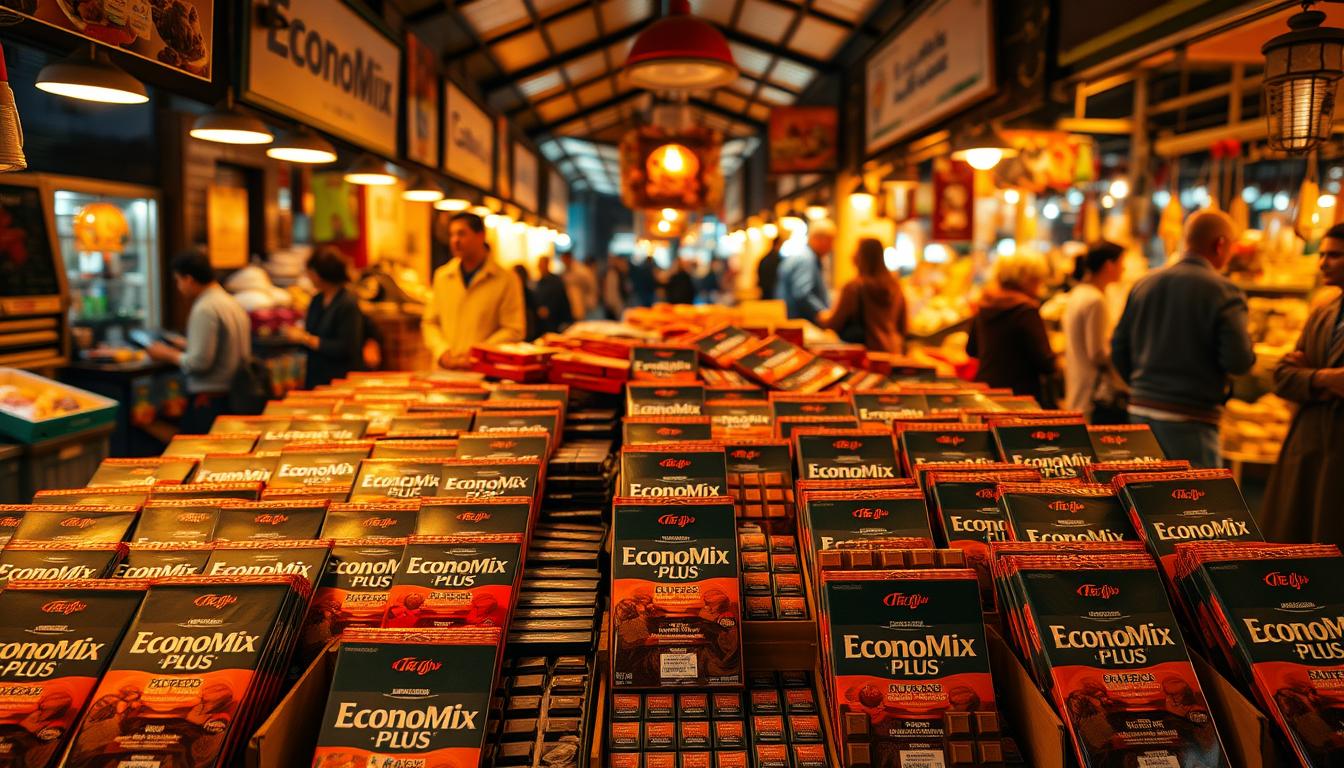
Market Share Expansion and Growth Opportunities
Three strategic moves fueled growth. First, the company acquired five regional processors in Asia and Africa since 2022, adding 8% to production capacity. Second, its “Golden Growth” initiative redirects 40% of R&D budgets toward plant-based and sugar-free products. Third, partnerships with 12 major food brands secured exclusive supply contracts through 2027.
| Growth Driver | 2023 Impact | 2025 Projection |
|---|---|---|
| Emerging Markets | +14% Revenue | +22% Revenue |
| Premium Products | $890M Sales | $1.4B Sales |
| Cost Savings | $210M Achieved | $300M Target |
Investment Drivers and Valuation Resets
Investors reward efficiency. Barry Callebaut’s stock rebounded 34% since Q3 2023, outperforming the S&P Food Index by 19 points. Key drivers include:
- Completed $150M factory automation upgrades
- 15% reduction in cocoa waste through AI sorting systems
- Debt-to-equity ratio improved from 1.8 to 1.2 since 2021
These moves prompted analysts to reset target prices. The firm now trades at 18x forward earnings versus 14x for peers—a premium reflecting its restructured value proposition.
Operational Resilience and Crisis Management
When disaster strikes, true leaders reveal their capacity to adapt. A 2022 salmonella contamination at a European facility halted production lines and eroded customer trust overnight. Over 100,000 tons of product were recalled, costing $75 million in immediate losses. The firm faced intense scrutiny from regulators and clients.
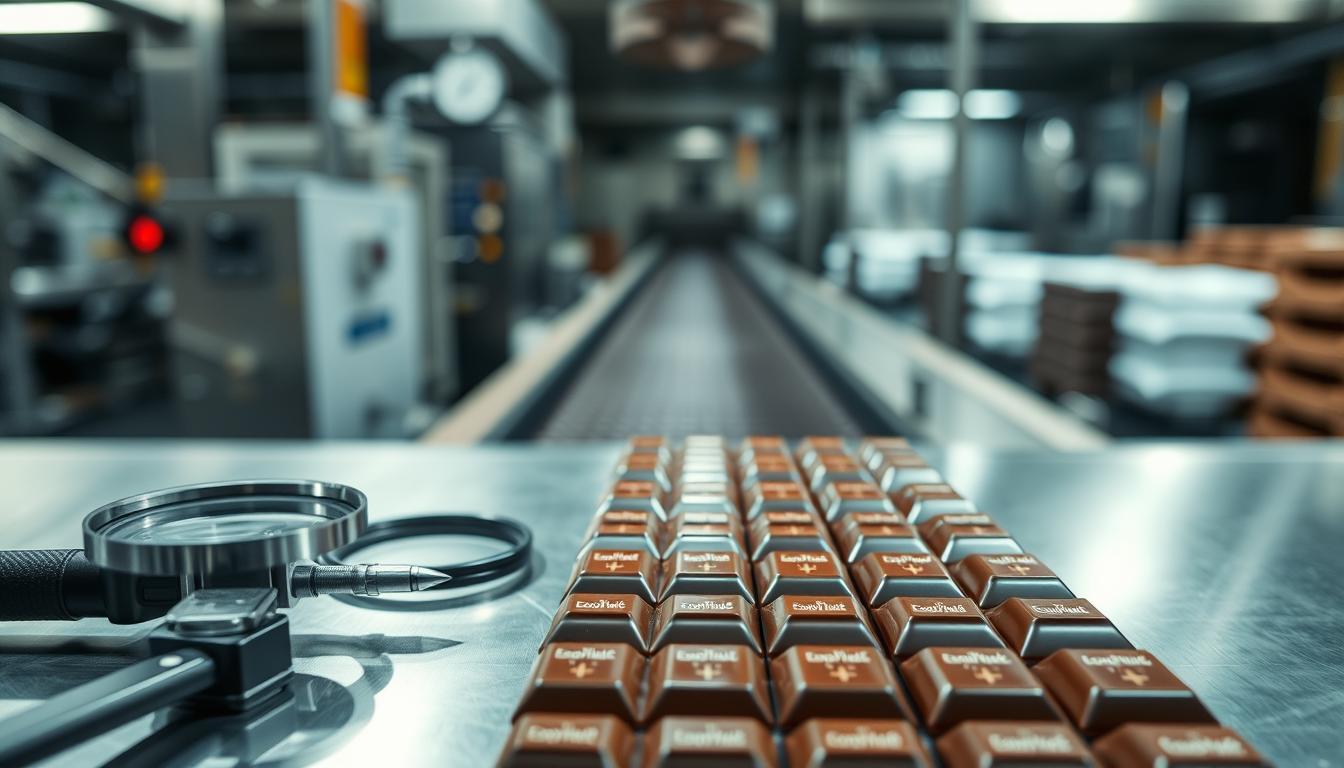
Recovery from the Salmonella Incident
Within 72 hours, the company launched a three-phase response. Production halted at affected sites while third-party labs tested all inventory. Transparent daily updates to partners prevented contractual breaches. “Speed and honesty saved relationships,” noted a food safety director involved in the cleanup.
Key recovery steps included:
- Redesigned sanitation protocols at 18 facilities
- Blockchain tracking for raw material batches
- Quarterly staff training on contamination prevention
Strategies for Long-Term Quality Assurance
Post-crisis reforms transformed the supply chain. The firm now conducts surprise audits at 50% more farms and processing centers, ensuring compliance with the highest safety standards. These unannounced evaluations not only help identify potential vulnerabilities in the supply chain but also foster a culture of accountability among suppliers.
AI-powered sensors monitor equipment cleanliness in real time, significantly enhancing the ability to detect any deviations from established hygiene protocols. This proactive approach has been instrumental in reducing contamination risks by 63%, providing both the firm and its customers with greater confidence in product safety and quality.
Financial safeguards also strengthened. Revised cash flow policies maintain a crisis reserve fund equal to 8% of quarterly revenue. These changes restored quality benchmarks, with defect rates falling below pre-incident levels by Q4 2023.
Growth Drivers in the Global Chocolate Industry
What forces propel this $150 billion sector forward? Two engines dominate: booming demand in developing economies and premium product innovation. These factors combined account for 63% of recent volume growth across the industry.
Emerging Markets and Consumer Demand Trends
Asia-Pacific leads with 12% annual growth in chocolate consumption. Urbanization and rising disposable incomes create 50 million new consumers yearly. India’s dark chocolate sales tripled since 2021, while Brazil saw a 19% spike in festive season purchases.
Regional preferences shape product strategies. West Africa favors milk chocolate bars, while Southeast Asian consumers drive demand for cocoa-infused snacks. Manufacturers adapt recipes to local tastes – matcha blends in Japan, chili-infused tablets in Mexico.
Premiumization and Partnership Opportunities
Luxury products now command 28% of global chocolate revenue. Artisan brands partner with cocoa giants to access sustainable sourcing networks. A recent collaboration between a Swiss chocolatier and major suppliers boosted premium line sales by 41%.
| Product Category | Price Premium | Market Share |
|---|---|---|
| Single-Origin Bars | +65% | 14% |
| Plant-Based Chocolate | +40% | 9% |
| Functional Cocoa Drinks | +55% | 12% |
Strategic alliances help companies navigate complex regions. Joint ventures in China reduced market entry costs by 30% for European brands. These partnerships accelerate distribution while maintaining quality standards critical for volume growth.
Regional consumption patterns reveal untapped potential. Latin America’s per capita intake remains 40% below European levels, signaling room for expansion. As chocolate evolves from treat to daily indulgence, producers recalibrate strategies to capture these developing regions.
Innovative Chocolate Product Ranges and Consumer Trends
Innovation drives the confectionery world forward as taste preferences evolve. Manufacturers now balance creativity with nutritional science to captivate modern buyers. A recent 2025 Chocolate Trends Report shows 73% of shoppers seek novel flavor experiences paired with clean ingredients.
New Product Developments and Limited Editions
Seasonal releases and regional flavors dominate shelves. Ruby chocolate – with its natural pink hue – saw 89% sales growth since 2023. Limited-edition bars featuring yuzu or Himalayan salt cater to adventurous palates.
| Product Type | Market Growth | Price Premium |
|---|---|---|
| Artisan Blends | +24% | +55% |
| Functional Chocolate | +31% | +40% |
| Single-Origin | +19% | +65% |
Meeting Demand for Quality and Authenticity
Consumers scrutinize sourcing methods and ingredient lists, increasingly aware of the origins of their food. Over 68% prefer products showing farm-to-factory transparency, reflecting a growing demand for accountability in the food industry. This trend emphasizes the importance of ethical practices and sustainability in production.
Second Generation Chocolate – made from upcycled cocoa fruit – answers this call while reducing waste and promoting environmental responsibility. By utilizing parts of the cocoa fruit that would otherwise be discarded, this innovative approach not only enhances flavor profiles but also contributes to a circular economy, appealing to eco-conscious consumers.
Mindful Indulgence and Health-Conscious Options
Sugar-free variants now claim 22% of new launches. Brands blend monk fruit and erythritol to maintain sweetness without calories. Protein-enriched bars target fitness enthusiasts, combining indulgence with functional benefits.
This strategic approach transforms how companies develop products. By aligning recipes with wellness trends, manufacturers secure loyalty in competitive markets. As taste and health priorities merge, the confectionery sector reinvents its core offerings.
Financial Strategies and Valuation: Stock Performance and Investment Insights
Navigating financial turbulence requires more than numbers—it demands strategic foresight. Recent analysis reveals a 60% valuation discount compared to historical averages, signaling both risk and opportunity. Experts attribute this reset to shifting cash flow dynamics and disciplined capital allocation.
Discounted Cash Flow Analysis and Pricing Models
Finimize data shows the firm’s intrinsic value sits 34% above current prices when using conservative free cash projections. A three-stage DCF model factors:
- 5% annual revenue growth through 2027
- Operating margin expansion to 12%
- 9% weighted average cost of capital
This approach highlights undervaluation despite cocoa market volatility. The company’s $1.2 billion free cash generation capacity supports dividend stability and strategic acquisitions.
| Valuation Metric | Current | 5-Year Avg |
|---|---|---|
| P/E Ratio | 14.8x | 22.1x |
| EV/EBITDA | 9.3x | 13.6x |
| Free Cash Yield | 6.1% | 3.9% |
Valuation Reset Amid Market Challenges
Leadership decisions transformed the company’s risk profile. The CEO accelerated debt reduction, cutting interest expenses by 18% since 2022. This proactive approach not only improved the company’s financial stability but also positioned it for future growth by freeing up capital that can be reinvested into core operations.
Simultaneously, sales incentives for premium products improved mix-adjusted prices by 4.7%. These incentives were designed to encourage customers to choose higher-margin offerings, which in turn enhances profitability and strengthens brand loyalty among consumers who are increasingly seeking quality over quantity.
Market skepticism persists despite these gains. “Investors overlook structural improvements in cash flow durability,” notes a Zurich-based analyst. With investment yields outpacing sector peers, the gap between price and value may narrow as cocoa markets stabilize.
Global Trends in Consumer Preferences and Sustainable Production
Modern shoppers want more than sweetness—they crave purpose. A recent chocolate industry trends study reveals 76% of buyers prioritize brands aligning with their values. This shift reshapes how manufacturers approach recipes, packaging, and sourcing.
Mindful Indulgence and Health Trends
Low-sugar options now account for 34% of new product launches. Functional ingredients like adaptogens and probiotics appear in 1 out of 5 premium bars. Key drivers include:
- 42% growth in plant-based chocolate sales since 2022
- 58% of millennials willing to pay extra for clean-label products
- 27% reduction in average sugar content across top-selling brands
Environmental Sustainability and Ethical Sourcing
Farm-to-table transparency isn’t just for restaurants anymore. Over 63% of consumers check sustainability certifications before purchasing. Leading manufacturers respond with:
- Blockchain-tracked cocoa beans from cooperative farms
- 100% recyclable or compostable packaging by 2025 pledges
- Carbon-neutral production facilities powered by renewable energy
These trends create opportunities for chocolate cocoa products that balance taste with responsibility. One major company reduced water usage by 39% through closed-loop processing systems—a model others now replicate. As eco-conscious shopping becomes mainstream, ethical practices transform from differentiators to market entry requirements.
Regional Market Dynamics and Trade Policy Impacts
Geography shapes chocolate consumption as much as taste preferences. North America prefers premium dark varieties, known for their rich flavors and health benefits, while Latin America leans toward milk-based treats, which are often sweeter and creamier, appealing to local palates.
Western Europe drives demand for organic and fair-trade options, reflecting a strong consumer commitment to ethical sourcing and environmental sustainability. These differences force manufacturers to tailor strategies across regions.
Variations in Demand Across Key Regions
Recent tariff shifts reshaped market flows. U.S. import duties on European cocoa products rose 12% in 2023, pushing the company to expand domestic production. One division boosted Midwest factory output by 18%, offsetting trade costs.
Latin America’s sales grew 14% last year despite currency fluctuations. Localized products like dulce de leche-filled bars captured 23% of Brazil’s convenience store market. Meanwhile, Western Europe’s focus on sustainability saw 40% of sales come from carbon-neutral certified lines.
| Region | Growth Driver | Strategy Adjustment |
|---|---|---|
| North America | +9% Premium Sales | Tariff-Driven Local Sourcing |
| Latin America | +14% Volume | Hyper-Local Flavors |
| Western Europe | +7% Organic Share | Eco-Packaging Mandates |
Trade policies directly influence operational decisions. When Indonesia restricted raw cocoa exports, the company shifted grinding activities to Ghanaian facilities to mitigate supply chain disruptions. This strategic move not only ensured a steady supply of cocoa but also allowed the firm to capitalize on Ghana’s rich cocoa production capabilities.
This agility in division resource allocation maintains competitive pricing across volatile regions, enabling the company to respond swiftly to market fluctuations and maintain its leadership position in the industry. By optimizing logistics and sourcing strategies, the company effectively navigates the complexities of international trade, ensuring that its operations remain resilient and adaptive in the face of changing global dynamics.
Conclusion
Adaptation defines success in volatile markets. Over recent years, strategic overhauls in operations and finance reshaped this leader chocolate cocoa producer. Vertical integration cut costs by 18%, while crisis-tested supply chains withstood historic cocoa prices rise.
The company turned challenges into growth accelerators. Post-contamination reforms reduced defects by 63%, and AI-driven quality systems set new industry benchmarks. Financial agility—like hedging 40% of cocoa needs pre-surge—protected margins when smaller rivals faltered.
Current strategies position the firm for barry callebaut next phase. Automation investments and premium product pipelines drive 22% revenue growth in emerging markets. With $300 million targeted savings by 2025, value creation remains central to its blueprint.
Market leadership now hinges on balancing scale with sustainability. As ethical sourcing becomes non-negotiable, the company’s farmer partnerships and blockchain traceability offer competitive edges. These moves secure its role as an innovator while delivering long-term money returns for stakeholders.
Looking ahead, resilience and reinvention will determine who thrives. Through disciplined money management and operational foresight, this leader chocolate cocoa enterprise stands ready to shape the industry’s future—one sustainable bean at a time.


